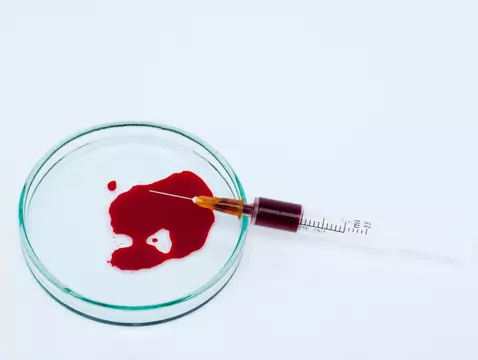Porphyrias are a group of diseases associated with a disorder of heme synthesis. Late cutaneous porphyria is the most common. It occurs in familial and sporadic forms. It usually affects adults who develop hepatitis. It is possible to carry the genetic defect without symptoms.
Ad:









